
CSX 1Q24 ‘In Line with Our Expectations’
CSX, the first of the Class I’s out of the gate with financial results, reported for 2024’s first quarter slightly lower revenue and income compared to the prior-year quarter, but solid volume

CSX, the first of the Class I’s out of the gate with financial results, reported for 2024’s first quarter slightly lower revenue and income compared to the prior-year quarter, but solid volume
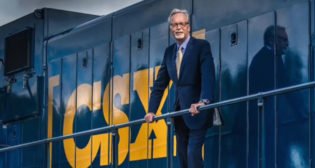
James M. Foote, a third-generation railroader who began his career at 18 as a Soo Line nighttime mechanical department employee in his native Superior, Wisc., died April 16. He was 70. Foote,

Through the first 15 weeks of 2024 (ending April 13), total North American carload and intermodal traffic rose 2.2% from the same point last year, the Association of American Railroads (AAR) reported April 17. The U.S. and Mexico experienced gains, while Canada saw a decline.
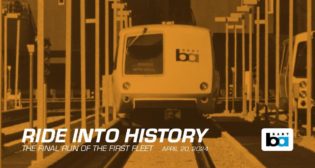
Bay Area Rapid Transit (BART) will officially retire its legacy fleet on April 20 in a public event.
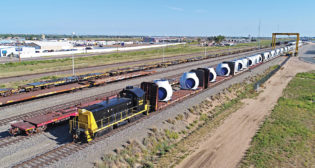
Watco has made several executive leadership changes that the company said “will refine its focus and simplify its mission.” The changes go into effect immediately. Nick Coomes. Watco photo. Nick Coomes is
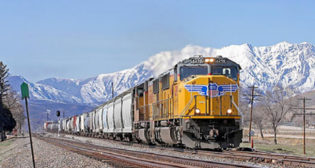
The Surface Transportation Board on April 17 issued findings and closed its proceeding in Oversight Hearing Pertaining to Union Pacific Railroad Company’s Embargoes, Docket No. EP 772. STB noted that “UP’s effort to
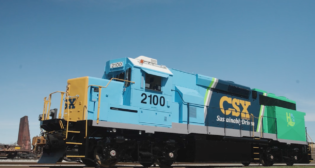
A little less than one year ago, CSX partnered with CPKC (Canadian Pacific Kansas City) to develop hydrogen fuel cell (HFC)-powered locomotives. On April 16, CSX unveiled its first unit, a “groundbreaking”
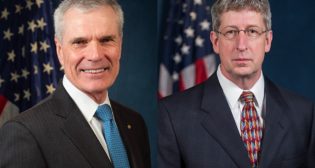
The National Transportation Safety Board (NTSB) names Patrick Warren as Rail Safety Director and Mike Budinski as Deputy Director of Research and Engineering. Also, STV elevates Kristen Van Gilst to Chief of Staff; Judy Jones joins the firm as Senior Vice President of Strategic Sales; and Eugene (Gene) Kim joins the firm’s Transportation West group as Senior Vice President and California Area Manager.
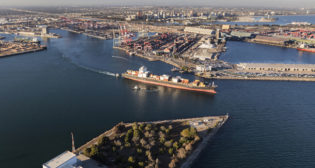
The Port of Long Beach (POLB) has awarded “technology ecosystem for smart mobility infrastructure” Iteris, Inc. a $900,000 contract for an 18-month multimodal transportation study.
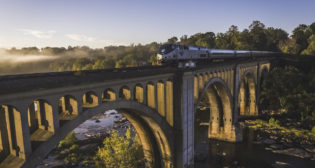
The Virginia Department of Rail and Public Transportation (DRPT) has released its draft Fiscal Year (FY) 2025-2030 Six-Year Improvement Program (SYIP), which allocates nearly $6.2 billion for public transportation and freight and passenger rail over the next six fiscal years.
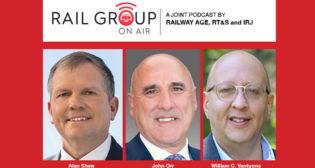
Norfolk Southern President and CEO Alan Shaw and Executive Vice President and Chief Operating Officer John Orr discuss their joint strategy and vision for improving service and safety and enabling business growth
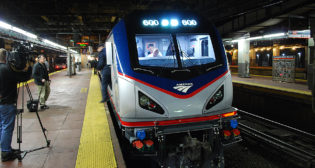
The Gateway Development Commission (GDC) on April 16 announced that it has submitted all documents required by the Federal Transit Administration (FTA) to reach a Full-Funding Grant Agreement (FFGA) for $6.88 billion in Capital Investment Grants (CIG) funding for the Hudson Tunnel Project (HTP).
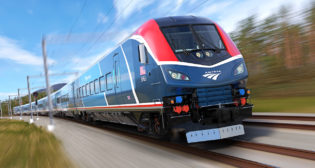
Amtrak announced April 16 that it has issued a Request for Information (RFI) to seek options that will help transform its rail fleet with zero-emissions technology, “marking progress towards the company’s long-range goal of eliminating emissions used to power Amtrak’s trains.”
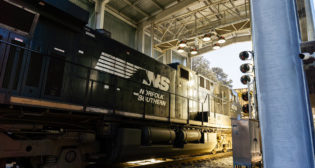
Norfolk Southern has deployed its second Digital Train Inspection Portal (DTI) in Jackson, Ga., on its Atlanta South District Subdivision, where approximately 19 trains pass through daily. Each portal features Machine Vision

In a message to members of the Chartered Institute of Logistics and Transport (CILTNA), Railway Association of Canada (RAC) President and CEO Marc Brazeau warns of a potential railway labor disruption in

In 2021, Congress passed the Bipartisan Infrastructure Deal and made the largest Federal investment in public transit in the nation’s history. Between new investments and reauthorizations, the legislation committed $89.9 billion in
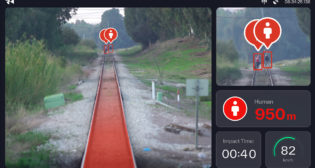
Ra’anana, Israel-based Rail Vision Ltd. on April 15 announced that, as part of its marketing efforts in the U.S., it has entered into a non-binding Memorandum of Understanding (MOD) with an undisclosed leading railway technologies company for the distribution of its MainLine and ShuntingYard products.
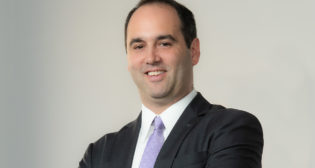
The railroad industry is safe and getting safer every day. Short line freight railroads and their employees are woven into the fabric of their communities, so safety is not only the right
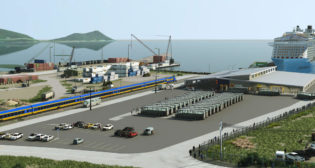
The Alaska Railroad (ARRC) on April 15 announced that it is seeking to replace the passenger dock and terminal building in Seward, Alaska, with the purchase of a $137 million project proposed by local developer The Seward Company.

At R. J. Corman, we’ve always believed that our people are our most valuable asset. Our founder, Rick Corman, started this company as an equipment operator, and that hands-on experience instilled a